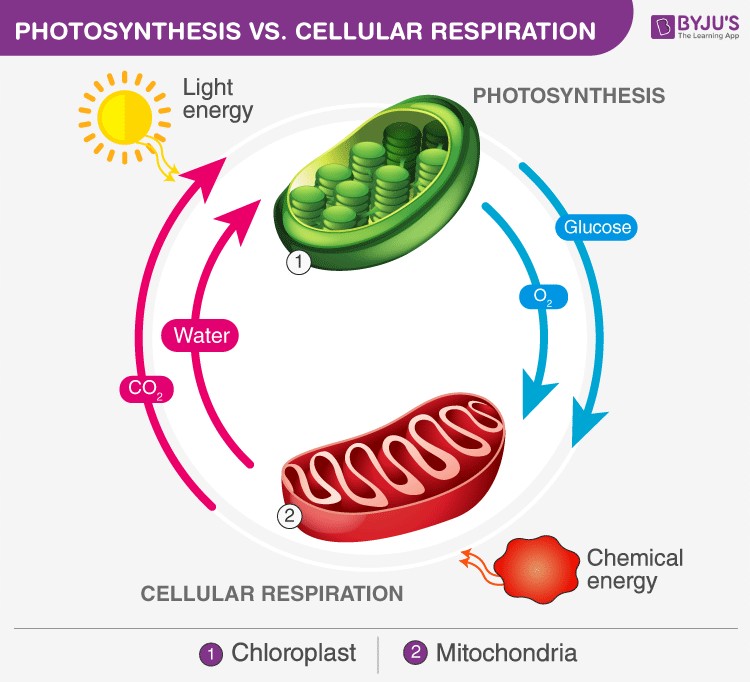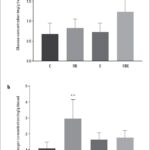Plants release oxygen as a byproduct of photosynthesis, a process vital for life on Earth. Conversely, we breathe in this oxygen to facilitate cellular respiration, a process our cells use to generate ATP, the energy currency of life. Photosynthesis and cellular respiration are fundamental biological processes that, while distinct, are intrinsically linked and complementary.
Often described as the “reverse” of one another, these processes underpin the cycle of life. Photosynthesis is an anabolic process, building complex molecules, whereas cellular respiration is a catabolic process, breaking them down. Let’s delve deeper into the comparison of cellular respiration and photosynthesis to understand their unique characteristics and mutual dependence.
Key Distinctions Between Cellular Respiration and Photosynthesis
| Feature | Cellular Respiration | Photosynthesis |
|---|---|---|
| Occurrence | All living organisms | Phototrophs (plants, algae, some bacteria) |
| Location | Mitochondria | Chloroplasts |
| Reactants | Glucose and Oxygen (O2) | Carbon Dioxide (CO2), Water (H2O), and Light Energy |
| Products | Carbon Dioxide (CO2), Water (H2O), and ATP Energy | Glucose (C6H12O6), Oxygen (O2), and Water (H2O) |
| Metabolic Process | Catabolic (breakdown of molecules) | Anabolic (synthesis of molecules) |
| Gas Exchange | Oxygen (O2) taken in, Carbon Dioxide (CO2) released | Carbon Dioxide (CO2) taken in, Oxygen (O2) released |
| Energy Role | Releases energy from food molecules | Captures light energy to produce food |
| Energy Reaction | Exergonic (releases energy) | Endergonic (requires energy) |
| Light Requirement | Independent of sunlight | Requires sunlight |
| Chemical Equation | C6H12O6 + 6O2 → 6CO2 + 6H2O | 6CO2 + 6H2O → C6H12O6 + 6O2 |
 Table comparing photosynthesis and cellular respiration, highlighting differences in location, reactants, products, and process type.
Table comparing photosynthesis and cellular respiration, highlighting differences in location, reactants, products, and process type.
Cellular respiration is a universal process occurring in all living organisms, from the simplest bacteria to the most complex animals. It takes place in the mitochondria, often referred to as the “powerhouses of the cell.” The reactants in this process are glucose and oxygen. Cellular respiration breaks down glucose in the presence of oxygen to produce carbon dioxide, water, and energy in the form of ATP. This is a catabolic, exergonic reaction, meaning it breaks down complex molecules and releases energy.
In contrast, photosynthesis is exclusive to phototrophs such as plants, algae, and certain bacteria. It occurs within chloroplasts, organelles specialized for capturing light energy. Photosynthesis utilizes carbon dioxide, water, and light energy as reactants. Through a complex series of reactions, it synthesizes glucose and releases oxygen and water as byproducts. Photosynthesis is an anabolic, endergonic process; it builds complex molecules and requires energy input, specifically light energy from the sun.
Despite their differences, photosynthesis and cellular respiration are inextricably linked in an ecological cycle. Photosynthesis produces the glucose and oxygen required for cellular respiration, while cellular respiration produces the carbon dioxide and water needed for photosynthesis. This interdependence highlights a beautiful balance in nature, where the products of one process are the reactants of the other, sustaining life as we know it.
